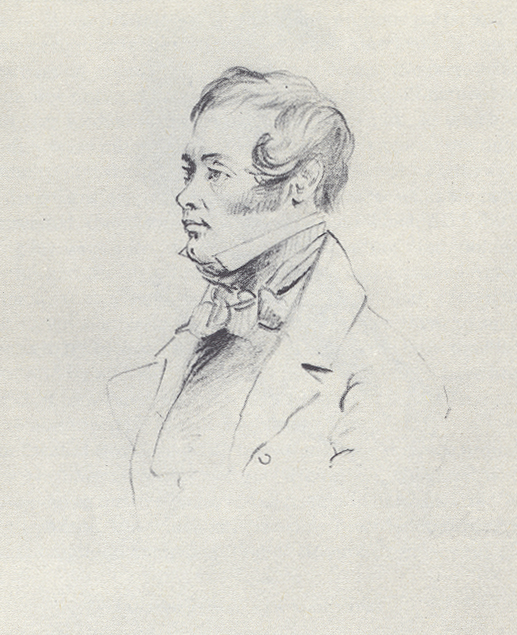The directory «Plots of stamps in the catalogue»
Marryat Frederick
(1792—1848)

Marryat was born in London, the son of Joseph Marryat, a merchant and member of Parliament. After trying to run away to sea several times, he was permitted to enter the Royal Navy in 1806, as a midshipman on board the HMS Imperieuse, a frigate commanded by Lord Cochrane (who would later serve as inspiration for both Marryat and other authors). Marryat's time aboard the Imperieuse included action off the Gironde, the rescue of a fellow midshipman who had fallen overboard, captures of many ships off the Mediterranean coast of Spain, and the capture of the castle of Mongat. When the Imperieuse shifted to operations in the Scheldt, in 1809, Marryat contracted malaria, and returned to England on the HMS Victorious, 74. After recuperating, Marryat returned to the Mediterranean in HMS Centaur, 74, and once again saved a shipmate by leaping into the sea after him. He then sailed as a passenger to Bermuda on the HMS Atlas, 64, and from thence to Halifax on the schooner Chubb, to join the frigate HMS Aeolus of 32 guns (April 27, 1811).
A few months later, Marryat again earned distinction by leading the effort to cut away the Aeolus' mainyard to save the ship during a storm, and continuing a pattern, he also saved one of the men from the sea. Shortly thereafter, he moved to the frigate HMS Spartan, participating in the capture of a number of American ships (the War of 1812 having begun by then), and on December 26, 1812 was promoted to lieutenant. As lieutenant, Marryat served in the sloop Espiegle and in the Newcastle, and was promoted to commander June 13, 1815, just in time for peace to break out. He then pursued scientific studies, invented a lifeboat (thus earning both a gold medal from the Royal Humane Society and the nickname "Lifeboat"), and in 1819 married Catherine Shairp, with whom he had four sons and seven daughters. In 1820 he commanded the sloop Beaver and temporarily commanded Rosario for the purpose of bringing back to England the despatches accouncing the death of Napoleon I on St Helena.
In 1823 he was appointed to HMS Larne, 20, and took part in an expedition against Burma in 1824. During this expedition, which resulted in large losses due to disease, he was promoted to command the HMS Tees, 28, and this gave him his post captain rank. He was back in England in 1826. In 1829 he was commanding the frigate HMS Ariadne on a mission to search for shoals around the Madeira and Canary Islands. This was an uninspiring exercise, and between that and the recent publication of his first novel, The Naval Officer, he decided to resign his commission in November 1830 and take up writing full time.
Niger, 1971, Napoleon after death